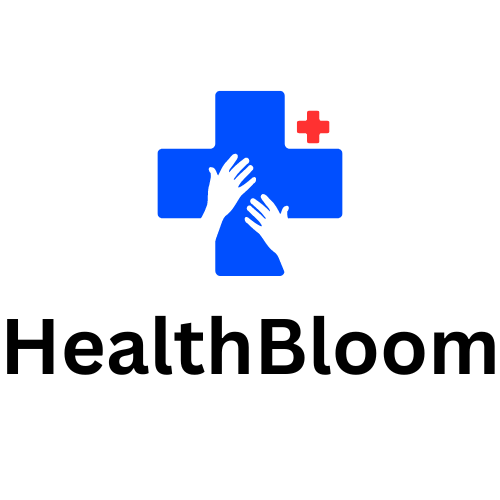In the realm of medical innovation, orphan drugs are not just treatments; they are lifelines. For individuals grappling with rare and often heart-wrenching conditions, these drugs symbolize hope, perseverance, and a brighter future. Today, we delve into the world of orphan drugs—where every breakthrough is a victory, and every discovery brings a glimmer of hope to those who need it most.
What Are Orphan Diseases?
Orphan diseases are rare conditions that impact fewer than 200,000 people in the U.S. Though these diseases are uncommon, their impact on patients and their families is profound. They often lack effective treatments, leaving many in a state of despair. But thanks to the tireless efforts of researchers and the advent of orphan drugs, hope is now within reach.
Spotlight on Orphan Diseases
| Disease | Description | Prevalence |
|---|---|---|
| Multiple Myeloma | A form of cancer affecting the plasma cells in bone marrow. | 50,000 patients in the U.S. |
| Amyotrophic Lateral Sclerosis (ALS) | A progressive neurodegenerative disease affecting motor neurons. | 30,000 Americans |
| Huntington’s Disease | A genetic disorder causing the progressive breakdown of nerve cells in the brain. | 30,000 patients in the U.S. |
The Power of Orphan Drugs
Orphan drugs are groundbreaking. They represent cutting-edge treatments that offer hope where none existed before. For patients and their families, these drugs can be the key to a better quality of life and, in some cases, extended survival.
Why Orphan Drugs Matter
- Life-Changing Treatments: They offer patients a chance at a normal life.
- Scientific Breakthroughs: They drive innovation in medical science.
- New Hope: They provide hope to those who thought all was lost.
Regulatory Support: The FDA Orphan Drug Act
The journey of orphan drugs is supported by the FDA Orphan Drug Act of 1983. This pivotal legislation was designed to encourage the development of treatments for rare diseases by offering various incentives to pharmaceutical companies.
Key Incentives for Orphan Drugs
- Financial Grants: To support the high costs of research and development.
- Market Exclusivity: Seven years of protection from competing drugs.
- Tax Credits: Reducing the financial burden of drug development.
Success Story: Atiprimod and Multiple Myeloma
One shining example of orphan drug success is Atiprimod, developed by Callisto Pharmaceuticals. This drug offers new hope for patients battling multiple myeloma, a challenging cancer with limited treatment options.
What Makes Atiprimod Special?
- Innovative Mechanism: Atiprimod has shown promise in targeting cancer cells in multiple ways—by inhibiting their formation, inducing their death, and preventing blood vessel growth.
- Clinical Trials: Early trials are showing encouraging results, potentially offering new hope for those who haven’t responded to existing treatments.
Overcoming Challenges in Orphan Drug Development
Developing orphan drugs comes with its own set of challenges. The high costs, coupled with the small market size, make this a complex and demanding field. Yet, the dedication to overcoming these obstacles is a testament to the commitment of researchers and pharmaceutical companies.
Challenges Faced
- High Development Costs: Significant investment is required to bring a drug to market.
- Small Market Size: Limited patient populations mean fewer financial incentives.
- Regulatory Hurdles: Navigating the approval process can be arduous.
Looking Ahead: The Future of Orphan Drugs
The future of orphan drug development is promising. With advancements in biotechnology, genomic research, and collaborative efforts, the landscape is set to evolve, bringing new and innovative treatments to those in need.
Emerging Trends
- Genomic Research: Deepening our understanding of rare diseases at the genetic level.
- Biotech Innovations: Leveraging cutting-edge technologies to enhance drug development.
- Collaborative Efforts: Increased partnerships between researchers, pharmaceutical companies, and patient advocacy groups.
The Emotional Impact
The impact of orphan drugs extends beyond the clinical. For patients, these drugs represent more than just a treatment; they signify hope, resilience, and a future where their lives can be transformed.
Real-Life Impact
- Extended Life Expectancy: Offering patients a new lease on life.
- Improved Daily Living: Helping patients live more comfortably and with dignity.
- Emotional Relief: Providing solace and reducing the emotional burden of living with a rare disease.
FAQs
What are orphan drugs?
Orphan drugs are specialized medications designed for the treatment of rare diseases affecting a small number of people.
How does the FDA support orphan drug development?
The FDA provides financial grants, market exclusivity, and tax credits to encourage the development of orphan drugs.
Why are orphan drugs important?
Orphan drugs offer crucial treatment options, potentially extending survival and enhancing the quality of life for patients with rare diseases.
What challenges are involved in developing orphan drugs?
Challenges include high research and development costs, small market sizes, and complex regulatory requirements.
What does the future hold for orphan drug development?
The future looks bright, with advancements in genomics, biotechnology, and collaborative research paving the way for new treatments






